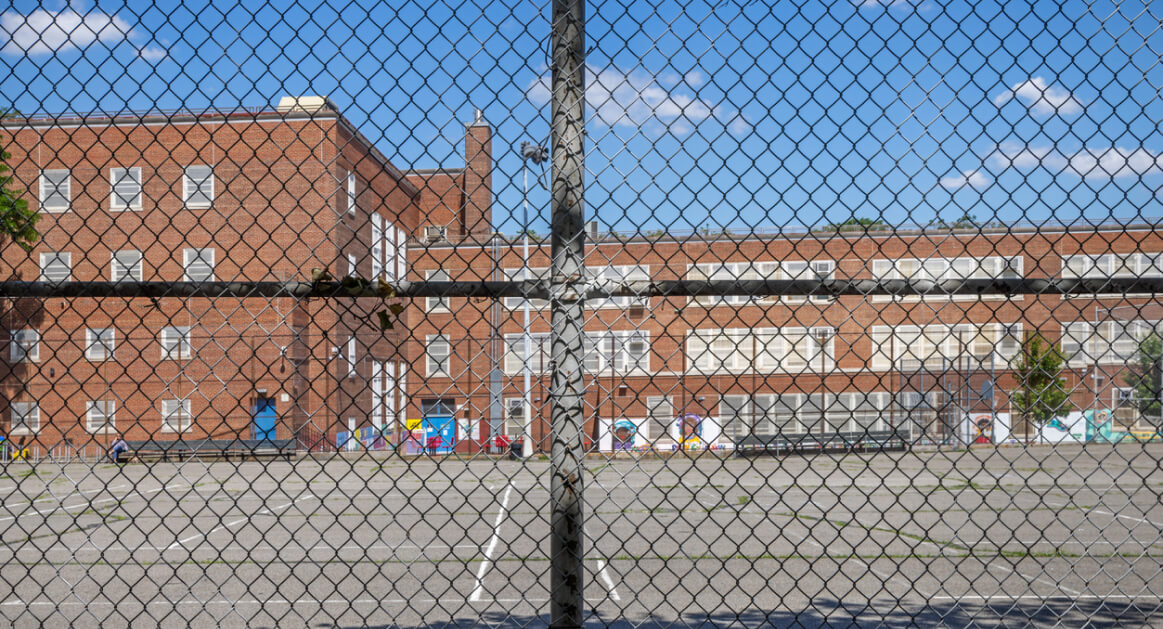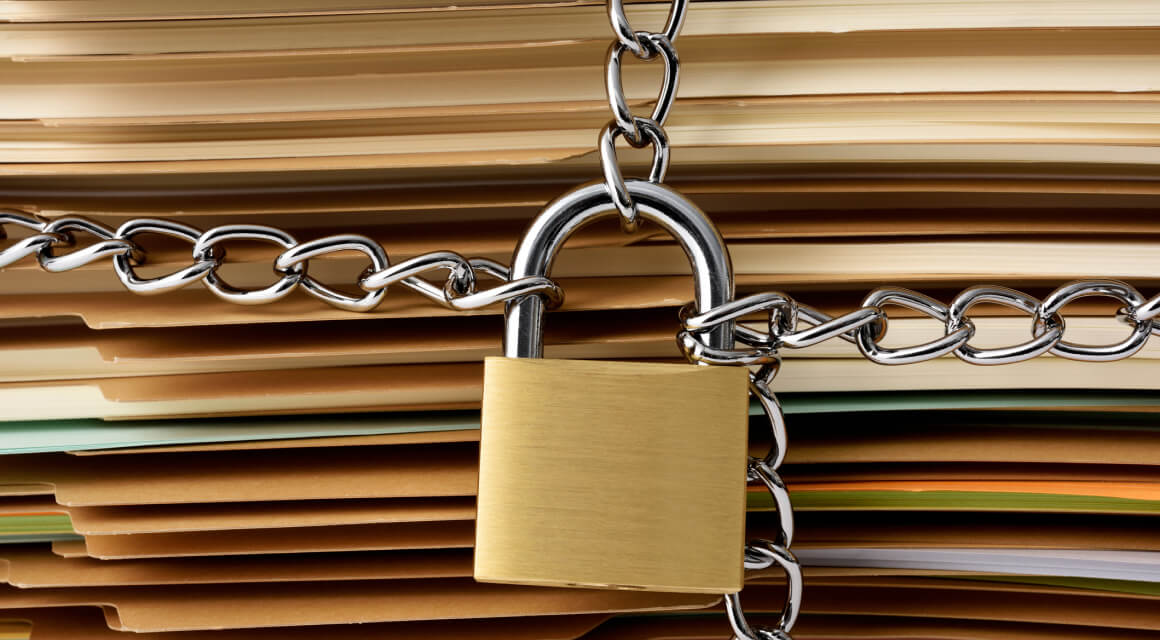As one of the world’s most populous and traffic-dense cities, New York generates its fair share of traffic accidents. According to data just released by city officials, there were 200 traffic-related deaths in New York City in 2018.
While that number is declining thanks to the city’s ambitious Vision Zero street safety plan, 200 deaths — plus thousands of serious injuries — represents a serious and continuing problem. Motorists, bicyclists and pedestrians must remain vigilant in order to protect themselves and others from being involved in an accident.
One way to help stay vigilant is heightened awareness of the risks. If you want to stay as safe as possible when cycling, walking or driving, it’s important to understand which local intersections are the most likely to cause you harm.
The Most Dangerous Intersections in NYC
Whether due to traffic density, poor engineering and design or challenging terrain, some streets and intersections are more dangerous than others. Identifying which of these areas represents the most significant danger is a task that was recently undertaken by data scientists at Localize.City — a website that analyzes data to provide insights about specific addresses and neighborhoods for real estate buyers.
Localize.City evaluated crash data from 2013 to 2018 for every New York City intersection and created a model that adjusted for the amount of traffic that each intersection experiences. The goal was to identify the 12 most dangerous intersections for pedestrians and cyclists.
The rankings of the 12 most dangerous intersections are as follows:
Brooklyn
- Williamsburg: Between Lee Avenue and North Seventh/Metropolitan Avenue, from Berry Street to Bushwick Avenue. 1,408 injured, nine deaths
- Downtown Brooklyn: Between Atlantic Avenue and Willoughby Street, from Boerum Place and Bond Street. 748 injured, six deaths
- Crown Heights/Bedford-Stuyvesant: Between Pacific and Fulton streets, from Bedford to Brooklyn avenues. 627 injured, three deaths
Bronx
- Fordham/University Heights: Between Aqueduct Avenue and Ryer Avenue, from West Fordham Road and West Tremont Avenue. 1,059 injured, eight deaths
Manhattan
- Lower East Side/Little Italy/Soho: Between Spring and Grand streets, from Broadway to Forsyth Street. 1,341 injuries, 10 deaths
Queens
- Corona: Between 35th and Roosevelt Avenues, from 94th to 108th streets. 787 injuries, nine deaths
- Jackson Heights: Between 37th Avenue and Broadway, from 76th Street to 84th Street/Whitney Avenue. 739 injured, nine deaths
- Flushing: Between College Point Avenue and Parsons Boulevard, from 37th to Franklin avenues. 662 injuries, 12 deaths
- Ridgewood: Between Woodward and Myrtle avenues, from Grove Street to Forest Avenue. 335 injuries, three deaths
- Jamaica: Between 89th to 90th avenues, from 164th Street to 168th Place. 397 injuries, four deaths
Staten Island
- St. George/Tompkinsville:From Jersey to Bay streets, between Victory Boulevard to Fort Place/Taft Avenue. 143 injuries, zero deaths
- Stapleton: Between Bay and Van Duzer streets, from Wright to Tompkins streets. 92 injuries, zero deaths
NYC’s Collision Corner
In addition to the 12 sites identified by Localize.City, an analysis done by NYU of local crash data has previously identified the intersection of Flatbush Avenue and Tillary Street as the single most dangerous intersection in the city.
This Brooklyn intersection is the site of roughly 180 motor vehicle collisions annually, thanks largely to its location. Traffic from the Brooklyn and Manhattan Bridges and the Brooklyn-Queens Expressway converges at or near the intersection.
The intersection has been targeted by Vision Zero for continuing safety upgrades.
Why are some intersections more dangerous than others for pedestrian, bicyclists and motorists? In performing an analysis one has to look at potential blind spots which can contribute to the occurrence of accidents. Other factors may include inadequate placement of traffic control devices; short durations provided to pedestrians in order to cross wide intersections; the capacity for motor vehicles to pick up a high rate of speed at the intersection as well congestion issues within the intersection.
Personal injury cases arising from the maintenance of a dangerously designed intersection as well as cases which are caused by human error alone (or a combination of factors) are often legally and factually complex.
There are many important issues which a personal injury lawyer must evaluate as well a myriad of evidence which must be obtained, analyzed and researched such as:
- In the case of an accident which occurred at an intersection (particularly intersections with a documented history of accidents) traffic control devices should be carefully scrutinized as a potential contributing cause of an accident;
- The accident scene must be carefully viewed and photographed under similar lighting conditions as when the accident occurred;
- Surveillance recordings from cameras near the accident scene should be located and obtained;
- An analysis of any departures from the legal ‘duty of care’ which the law imposes upon all parties involved in the occurrence of an accident;
- If appropriate for the facts of the case, an analysis of the data contained in the ‘black box’ within the motor vehicle(s) involved in the accident should be performed. This may reveal reliable documentation as to the rate of speed before and at the moment of impact;
- In determining the departures from legal duties, the lawyer must determine the applicability of various regulations and statutes which apply to the facts of the case;
- A police report should be obtained and promptly reviewed;
- All witnesses to the accident (some or all of whom may be in the police report) should be located.
- It is prudent when possible, to immediately interview witnesses after an accident in order to marshal the evidence when the accident is fresh in the mind of observers;
- The motor vehicle(s) and or bicycle should be photographed and preserved when possible;
- A determination must be made as to the existence and extent of available insurance coverage;
- All potential insurance carriers must be placed on timely notice of the accident;
- No fault insurance applications should be obtained, filled out and promptly returned to the insurance carrier.
How Do I Choose a Law Firm for an Accident Case?
The legal wisdom born from extensive experience in a broad array of cases is one important factor to consider when choosing a lawyer. Every case is different and each client and their particular situation must be specifically addressed by the attorney. A thorough knowledge of the law as well as a commitment by the lawyer to investing the necessary time and resources in your case is key to adequately vindicating your legal rights.
The Frankel Law Firm has been defending the rights of injury victims in accident cases involving personal injury and wrongful death in New York City for more than four decades. If you or a loved one has been a bicyclist or pedestrian who has been hit by a car, bus or truck, please feel free to contact the Frankel Law Firm. Case review and consultations are free and there is no attorney fee unless we are successful.
We welcome your legal questions for topically relevant articles in the future. Feel free to compose a question – it may be addressed in future articles. Email Question
Free Case Evaluation
Fill Out The Form Below To Find Out If You Have A Case.
Thank you for contacting us. One of our colleagues will get back to you shortly.



